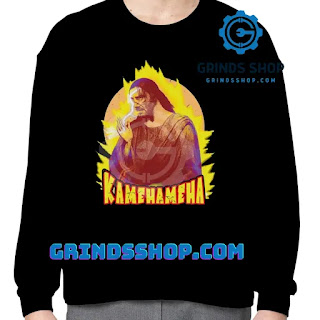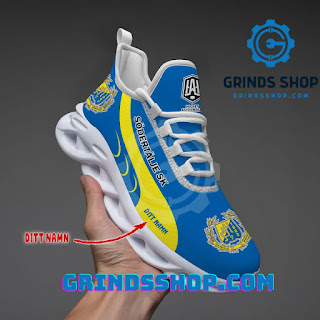Discover the Renaissance: Clothing and Fashion Trends
The Renaissance was a period of remarkable cultural and artistic growth that spanned from the 14th to the 17th century in Europe. Alongside significant advancements in art, literature, and science, fashion played a pivotal role in defining the era. This article aims to delve into the captivating world of Renaissance clothing and fashion trends, exploring the factors that influenced them and their lasting impact on modern fashion.
The Renaissance era witnessed a notable departure from the simplicity of medieval clothing. It was characterized by an increased emphasis on personal style, elegance, and social status. Fashion became a means of self-expression and a reflection of one's position in society.
Influential Factors
Social Changes
The Renaissance was a time of significant social transformation. The rise of the merchant class and the emergence of city-states led to a new social structure. The wealthy elite sought to display their affluence through extravagant garments, fostering a culture of opulence and luxury.
Economic Influences
Exploration and trade during the Renaissance brought new textiles, materials, and dyes from distant lands. The availability of exotic fabrics such as silk, velvet, and brocade revolutionized fashion, allowing for the creation of intricate designs and vibrant colors.
Clothing in Renaissance Society
Upper-Class Fashion
The nobility and aristocracy set the fashion trends during the Renaissance. Their attire was characterized by sumptuous fabrics, elaborate embellishments, and voluminous silhouettes. Women's gowns featured high waistlines, corsets, and wide sleeves, while men adorned themselves with fitted doublets, breeches, and luxurious capes.
Middle-Class Attire
The middle class aspired to imitate the upper class's fashion, albeit with more restrained elements. Their clothing was still elegant and well-tailored, but made from less expensive materials. Men wore shorter doublets and hose, while women opted for simpler gowns with fewer adornments.
Lower-Class Dress
The lower class predominantly wore practical and durable clothing for their daily activities. Their garments were often made from wool or linen, with simpler cuts and minimal embellishments. Men wore loose-fitting tunics and trousers, while women donned modest dresses and head coverings.
Women's Fashion in the Renaissance
Silhouette and Silks
The Renaissance saw a distinct evolution in women's fashion. The ideal female silhouette was characterized by a high, conical shape achieved through the use of corsets and farthingales. Silks, satins, and brocades in vibrant colors adorned their gowns, displaying wealth and social standing.
Accessories and Hairstyles
Accessories played a crucial role in completing a Renaissance woman's ensemble. Intricately designed jewelry, ornate headpieces, and delicate fans were popular choices. Elaborate hairstyles, often adorned with jewels or decorative combs, further enhanced their appearance.
Men's Fashion in the Renaissance
Doublets and Hose
Men's fashion in the Renaissance emphasized a broad-shouldered look. Doublets, tight-fitting jackets worn over shirts, accentuated the upper body. Paired with breeches and hose, which were fitted leggings, this ensemble presented a more slender lower body profile.
Codpieces and Ruffs
Codpieces, ornamental pouches worn over the groin area, were a prominent feature of men's fashion. They served both functional and decorative purposes. Ruffs, large collars made of delicate lace or fabric, were another distinctive element of Renaissance men's attire.
Influence on Modern Fashion
The fashion innovations of the Renaissance era continue to inspire modern trends. Elements such as corsets, voluminous sleeves, and ruffled collars have found their way into contemporary fashion. Designers draw inspiration from the luxurious fabrics, intricate embroidery, and distinctive silhouettes that characterized Renaissance clothing.
Conclusion
The Renaissance was a golden age of fashion, marking a significant shift in clothing styles and trends. It was a time when individuals used fashion to express their social status and personal identity. The elaborate garments, rich fabrics, and intricate designs of the era continue to captivate and influence modern fashion.




Nhận xét
Đăng nhận xét